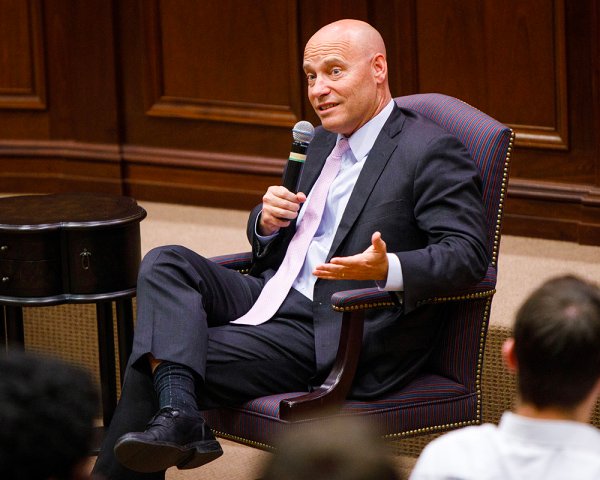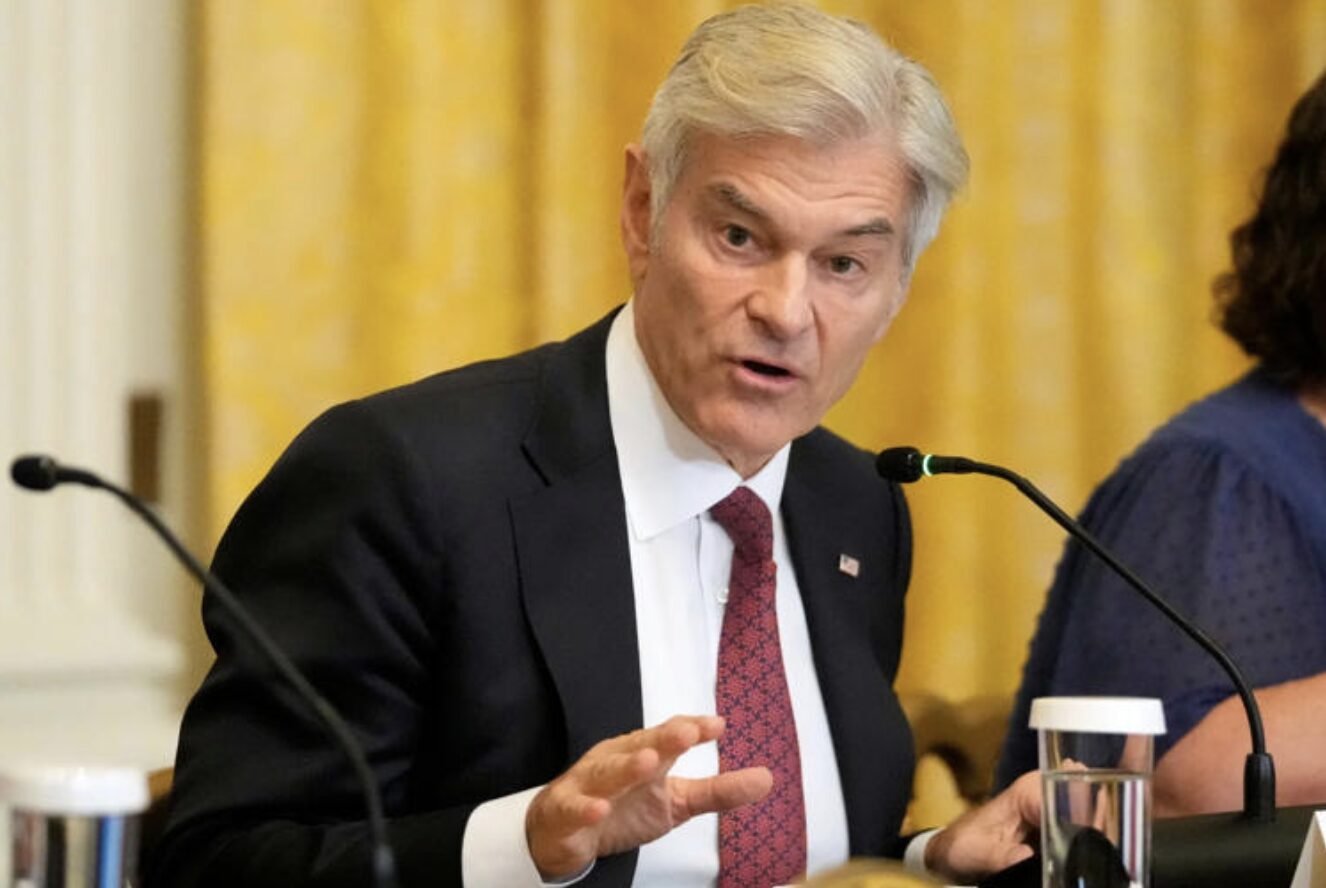The Trump administration acted aggressively and directed agencies to implement several recommendations from the Commission on Combatting Drug Addiction and the Opioid Crisis. These included changes to prescribing patterns, treatment paradigms and law-enforcement procedures. The rate of deaths from drug overdoses slowed and then dipped. But then Covid hit, with all its mental-health consequences. The addiction and overdose crisis is now the most important public-health issue facing the country.
Apart from asking Congress for more money, the Biden administration hasn’t focused on this crisis. President Biden’s most recent budget pays scant attention to it, while his National Drug Control Strategy provides resources, such as clean syringe programs, that aren’t coupled with strategies to help patients beat their addictions.
Most of the additional fatal overdoses post-Covid involve methamphetamine and fentanyl made in Mexico, China and India. For each overdose death, more than 100 people struggle with debilitating addictions to these dangerous substances.
Deaths from Drug-Induced Causes by Race, 1999-2021Source: CDC Wonder and SEER population filesNote: 2021 is through September and then annualized. Other races not shown.
WhiteBlack or African American’05’10’15’201999200051015202530354045Annualized death rates per 100,000 population
Fentanyl is not new to the world of chemistry. Until about a decade ago it could be found only at hospitals and doctors’ offices, in the small quantities needed for medical procedures. Drug smugglers attempting to import fentanyl were shut down by U.S. law enforcement. But in 2013 President Obama and Attorney General Eric Holder decided to end the war on drugs, and illicit fentanyl flooded into the country.
In the past decade, many blue states and localities have opted to accommodate the public use of previously illicit drugs. Progressive prosecutors and movements to defund the police have contributed to this wholesale surrender by civic leaders to drug abuse.
Coincident with policy changes advertised as civil-rights progress, the comparatively low drug-overdose rate for blacks began to accelerate. It reached the white rate by 2019 and then surged past it during the pandemic to reach 43 annually per 100,000 of the black population by last September.
Rather than gawking at an accelerating overdose crisis, policy makers could benefit people of all races by investigating new sources of demand and supply. Instead, in a world where a single backpack of fentanyl could kill a million people, Mr. Biden eliminates the controls on illegal immigration instituted by his predecessor.
Because fentanyl is so lethal, the Trump administration’s Drug Enforcement Agency temporarily placed all of its analogs—such as carfentanyl, acetylfentanyl, butyrfentanyl, and others yet to be invented—into Schedule I of the Controlled Substances Act. This prevented drug cartels, which are incredibly entrepreneurial, from tweaking the chemical composition of the drugs to get around prosecution. Congress is working to update the Controlled Substances Act so that the scheduling can become permanent. But under pressure from nearly 100 civil-rights groups again asserting that using law enforcement to stop fentanyl is racist, the Biden administration is frustrating the Congressional effort by insisting on weak fentanyl sentencing.
Instead of muttering meaningless slogans, Mr. Biden and the Democrats could alleviate racial health disparities by protecting the border, backing law enforcement and joining with Republicans to address the addiction crisis in efforts as ambitious as the cancer moon shot and Operation Warp Speed.
Mr. Grogan served as director of the U.S. Domestic Policy Council and an assistant to President Trump, 2019-20. Mr. Mulligan, a professor of economics at the University of Chicago and senior fellow with the Committee to Unleash Prosperity, served as chief economist at the White House Council of Economic Advisers, 2018-19.







